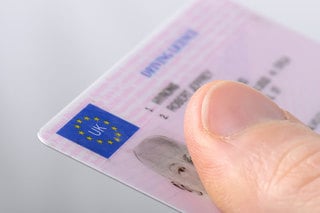The biggest challenge in managing a grey fleet is finding an individual willing to take on the administrative burden in your organisation.
But where an individual is found to manage the grey fleet they must be senior enough to implement the required policies. These must be clearly defined and be signed off by the chief executive. Regular driver checks are essential – and financial penalties will aid in ensuring driver compliance.
“The biggest problem arising from a grey fleet is getting management to take responsibility,” Paul Brown (pictured), head of group fleet at the Freedom Group and 2018 Fleet News Awards winner, told March’s Fleet200 Executive Club meeting.
“The ops manager thinks that because he’s offered a car allowance of part of the employee package, he’s done his bit; HR notifies the employee they have a car allowance, so it thinks the ops manager is running the grey fleet – everyone thinks someone else is managing it. But no one really is.”
But once someone takes on the responsibility, the first step is to carry out vehicles checks on employee’s cars: “Treat grey fleet vehicles as if they were on your leased fleet,” Brown said.
They must be insured, serviced, maintained to ensure the vehicle is mechanically sound and roadworthy, and have breakdown cover. All damage to cars must also be reported.
Then record the information and carry out annual checks, he urged. Freedom Group records a driver’s name, job title, department, the date of a DVLA licence check, vehicle make and model and engine size, CO2 emissions, fuel type, MoT certificate and whether the driver has business insurance. Employees doing more than 8,000 business miles a year qualify for a leased car or a car allowance. And more drivers are wanting to opt for the cash alternative.
At Freedom Group the grey fleet policy stipulates an employee’s car cannot be more than five years old and has to be registered in their name. “We found out very early drivers were bringing in V5s with their wife’s, son’s name or that of the guy they have a pint with down the pub.
Also insist the car represent your organisation and be appropriate for the driver’s role. An engineer with his tools piled on the backseat is not fit for purpose and is a safety hazard.
To ensure driver compliance a letter is set from HR annually requesting vehicle documentation. But licences are also checked for points and drivers given a low, medium or high risk categorisation depending on how many they have which dictates the regularity of follow-up checks: every three months for high, six months for medium and low, annual.
Failure to respond to the request for a month, sees the employee’s car allowance suspended. Drivers whose car has reached the five year age limit are given three months’ notice of the need to replace it. Once more, the car allowance is suspended if they ignore the warning.
MORE: To receive Paul Brown's presentation email jeremy.bennett@bauermedia.co.uk.


















Login to comment
Comments
No comments have been made yet.